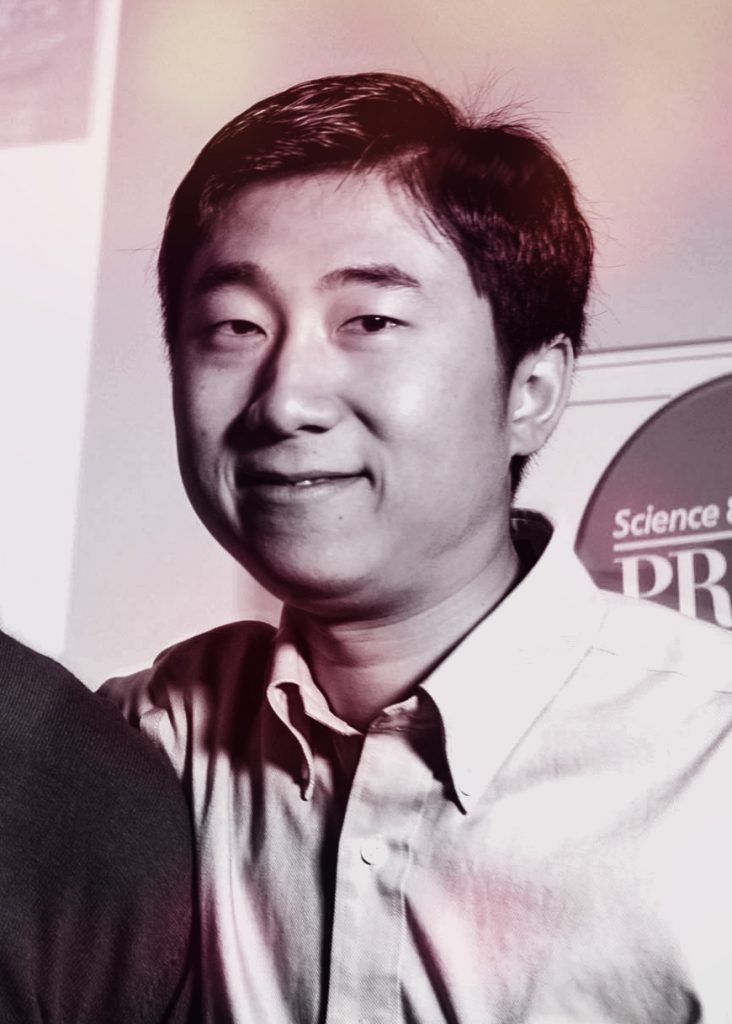
Weizhe Hong
Biography
Dr. Hong is a Helen Hay Whitney Fellow at California Institute of Technology, working on neural mechanisms underlying social and emotional behaviors in David Anderson’s laboratory. Dr. Hong received a B.Sc. degree in biological sciences at Tsinghua University and a Ph.D. degree from Stanford University, where he worked in Liqun Luo’s laboratory and studied the cellular and molecular mechanisms of wiring specificity in olfactory system development. Dr. Hong received the Genetics Society of America’s Larry Sandler Memorial Award for the best Ph.D. dissertation on Drosophila-related research and presented the Larry Katz Memorial Lecture at the Cold Spring Harbor Conference for the best Ph.D. dissertation on neural circuit research.
Synopsis
Assembly of a Neural Circuit
Precise connections established between synaptic partners are essential for the proper function of neural circuits. To explain the striking target specificity of the optic nerve during regeneration, Roger Sperry proposed the chemoaffinity hypothesis 50 years ago, which posits that developing neurons must carry “individual identification tags,” presumably cytochemical in nature. By this means, they can almost be distinguished in many regions, to the level of the single neuron (1). Since then, many molecules have been identified that guide axons to their final target area, but little is known about molecules that mediate mutual selection and matching between individual pre- and postsynaptic partners among many possible alternatives at the target area (2–4).
